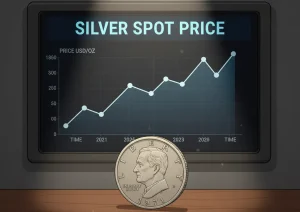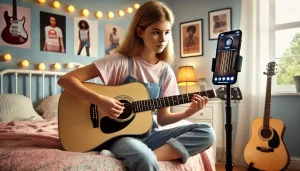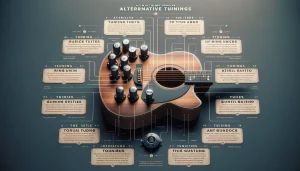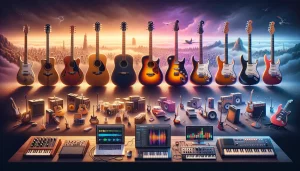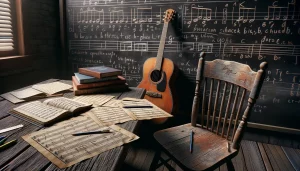Introduction to the Cultural Significance of the Guitar
There’s something uniquely magnetic about the guitar. With just six strings and a wooden frame, it has become more than a musical instrument—it’s a cultural icon, a voice box for emotions, and a symbol of rebellion, passion, and creativity. It doesn’t matter if it’s a classic acoustic strummed by a campfire or an electrifying solo tearing through an amp—the guitar creates moments that stick to your soul like glue.
How a Piece of Wood Became a Cultural Beacon
The guitar is more than just music; it’s a message. At Woodstock, performers like Jimi Hendrix made it scream a generation’s discontent. In bedrooms, teens have clutched it while dreaming of fame, love, or simply escape. The guitar tells stories other instruments can’t. Its portability lets anyone—anywhere—pick it up and play, turning garages into concert halls, protests into anthems, and quiet hearts into roaring voices.
- Acoustic guitars: synonymous with intimacy, storytelling, and connection.
- Electric guitars: a thunderbolt of energy, bending steel strings like raw emotion.
- Bass guitars: rhythmic anchors, giving body to every beat-driven melody.
Why Does the Guitar Resonate So Deeply?
The guitar transcends borders and generations because it’s not just about sound—it’s about expression. Picture this: a shy teenager learns their first chords, suddenly finding a way to communicate feelings they could never say aloud. Or a protester who lifts their guitar during a rally, letting chords carry words with more urgency than shouts ever could. The guitar isn’t just heard; it’s felt, like a pulse connecting people across cultures and time.
The Role of Guitars in Shaping Music Trends
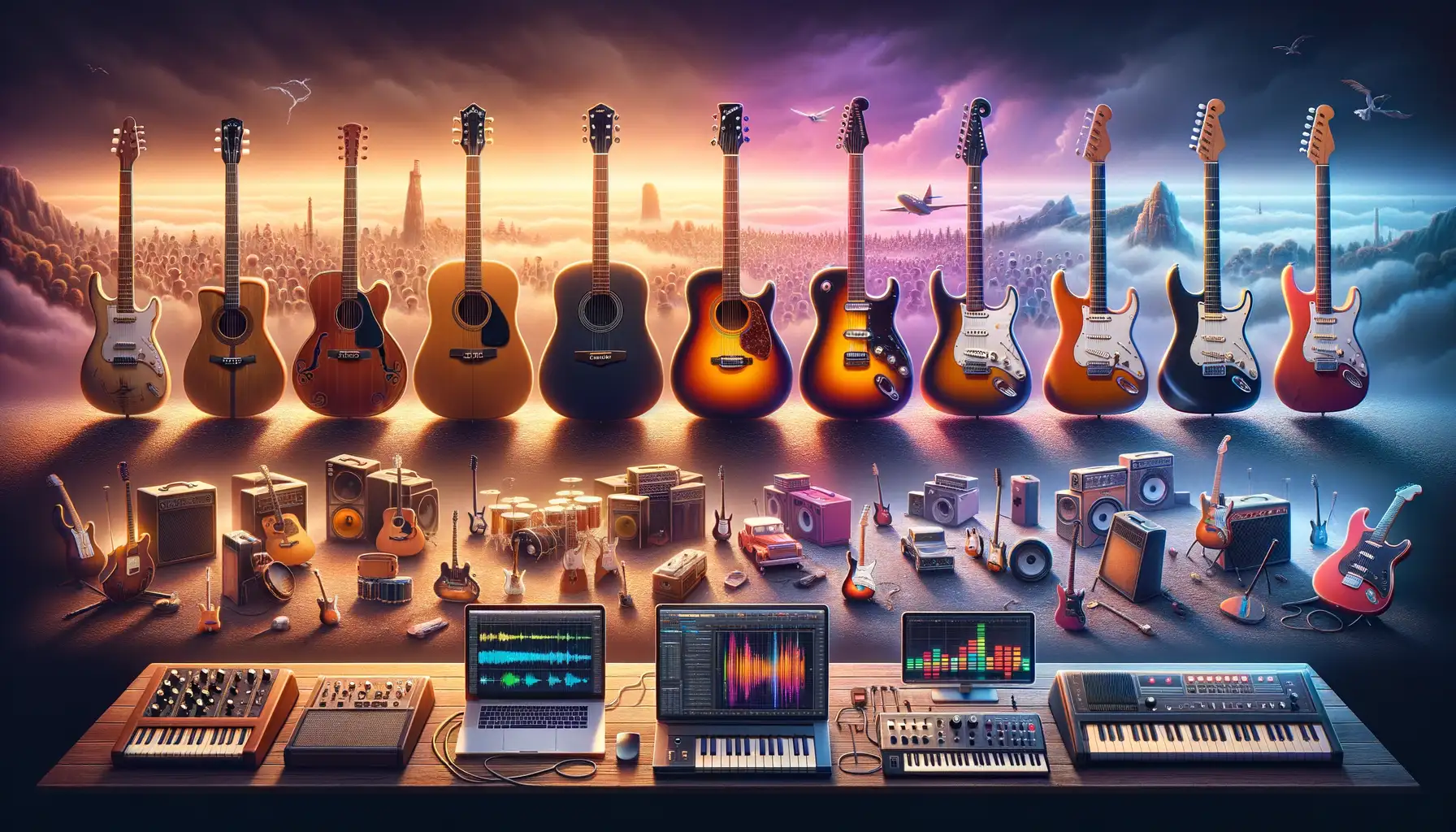
The Soundtrack of Cultural Revolutions
The guitar isn’t just an instrument; it’s a lightning rod for change, shaping entire music trends across decades. Think about the spine-tingling riff of Led Zeppelin’s “Whole Lotta Love” or the raw angst in Kurt Cobain’s grungy chords—each transformed not just sound, but *identity*. The guitar gave rebellious teenagers the tool they needed to scream, cry, or whisper their truth.
Every generation seemed to have its anthem, and more often than not, a guitar was behind it. The 1950s saw the electrifying rise of rock ‘n’ roll with Chuck Berry’s duck walk and blazing solos. The 1960s? Hendrix literally set his guitar—and the world—on fire. Fast forward: punk bands in the ‘70s and ‘80s used three simple chords to say, “Your rules don’t matter.” Each strum rewrote the rulebook of music.
- Blues bent the strings to speak pain and resilience.
- Rock riffs turned rebellion into something unforgettable.
- Indie and alternative guitar tones whispered introspection into the mainstream.
The guitar became a cultural passport, allowing youth to transcend borders, genres, and even language itself. Every strum carried a message, every solo became a soul unleashed.
How the Guitar Influenced Fashion and Lifestyle
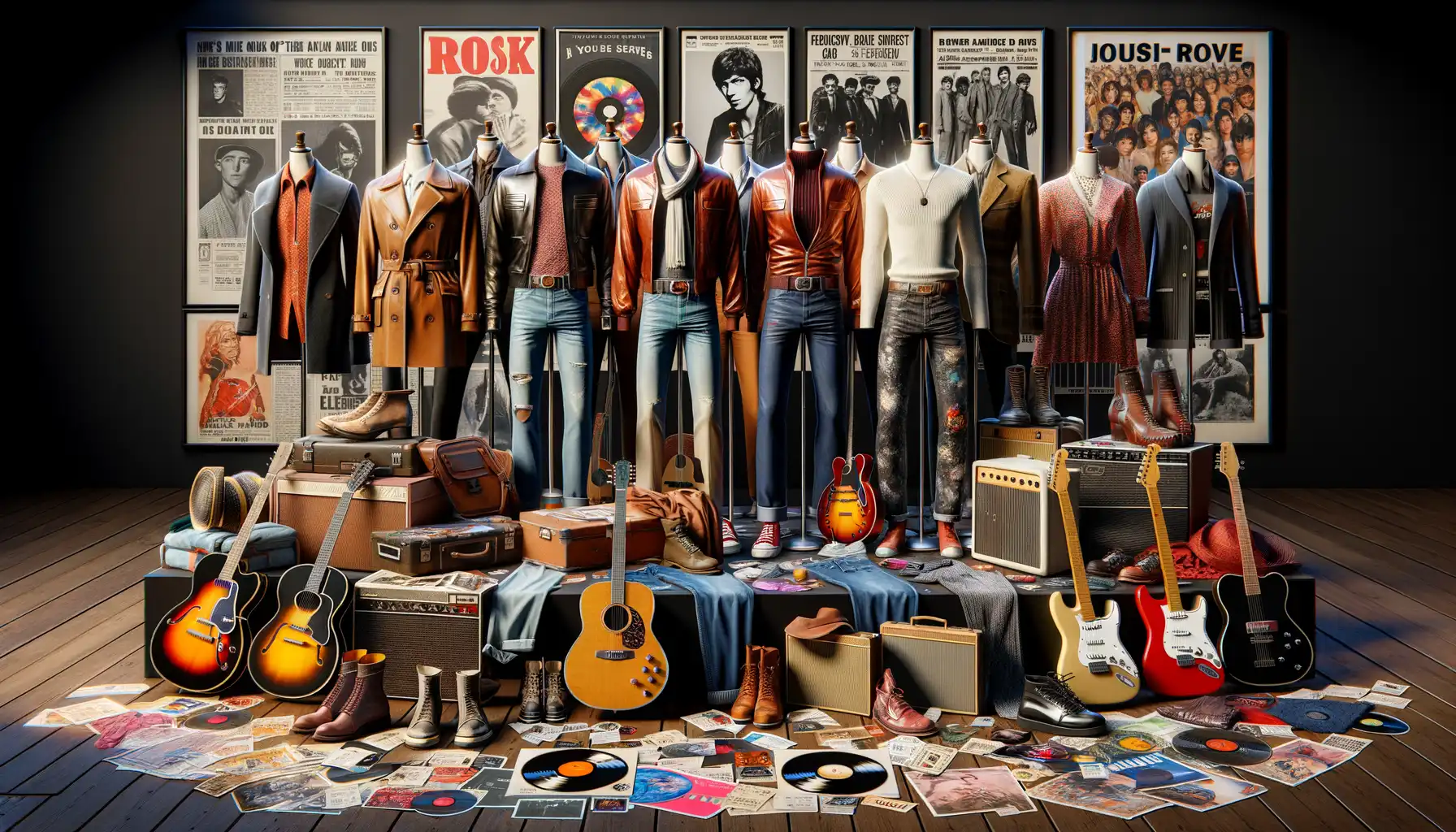
The Guitar’s Ripple Effect on Personal Style
The guitar hasn’t just been an instrument—it’s been a spark for entire fashion revolutions. Picture this: the raw, rebellious strumming of a Fender Stratocaster didn’t just stay on stage. It spilled over into closets, wardrobes, and hairstyles. Think about the ripped jeans, leather jackets, and messy hair of the grunge era or the glitz of glam rock with its sequins, towering boots, and eyeliner dripping with attitude. Each riff seemed to carry an invitation to dress how you *felt*.
Even outside of music, the guitar’s energy transformed everyday looks. Who doesn’t recognize the iconic image of a teen in a vintage band tee, slouching under the weight of their first acoustic guitar? For decades, musicians like Kurt Cobain, Jimi Hendrix, and Joan Jett inspired us to wear our defiance on our sleeves—sometimes literally—with patched-up denim jackets and handmade accessories.
- Rock ‘n’ roll electrified the leather trend.
- Acoustic ballads brought boho vibes into mainstream fashion.
- Punk? It gave us studs, spikes, and DIY statement pieces.
The guitar wasn’t just something you played; it became something you embodied.
Guitar Legends: Their Influence on Youth Movements
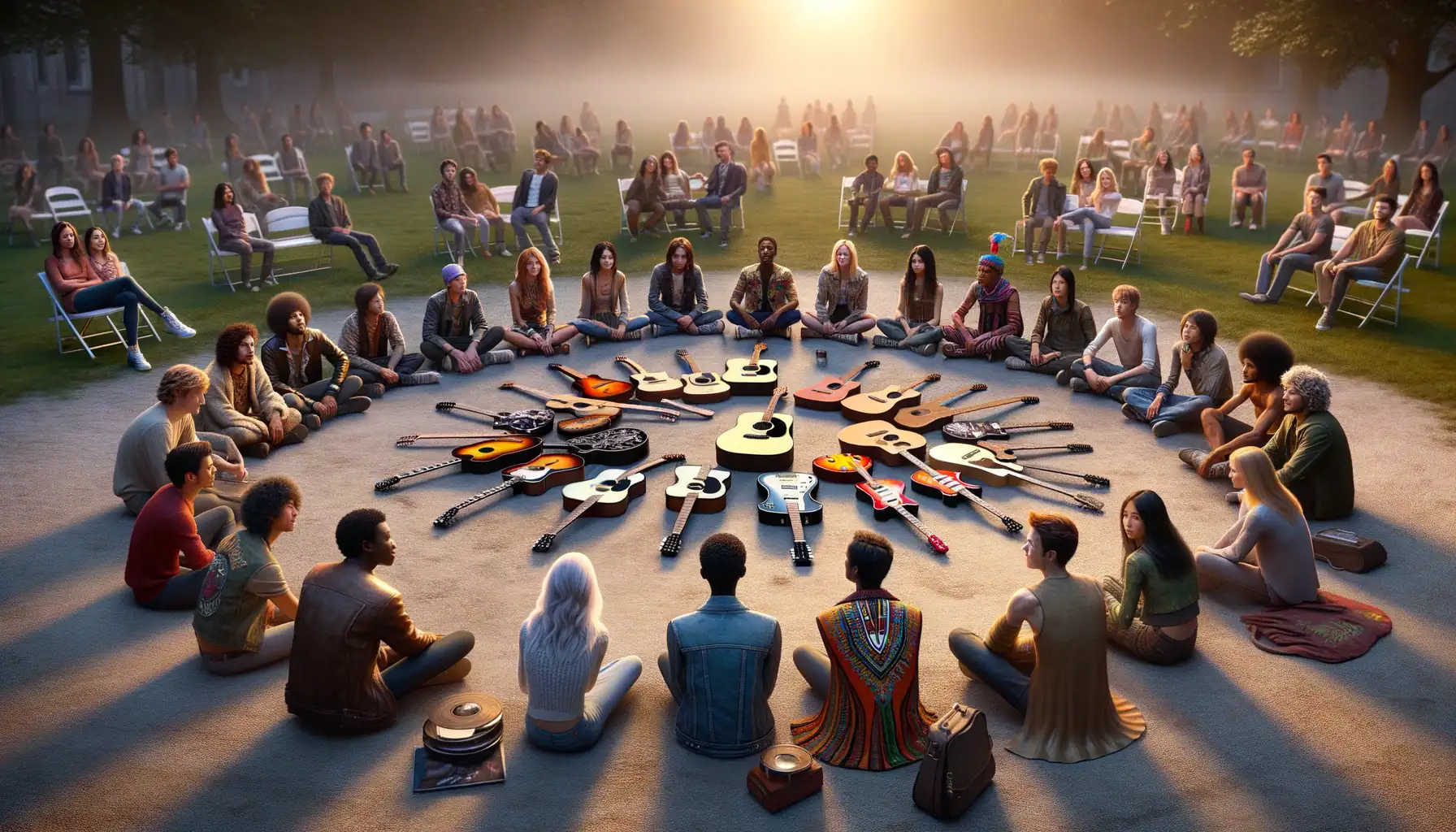
The Power of Six Strings: Shaping Generations
What is it about a guitar solo that can make your heart race, or a single chord that can change the way an entire generation dresses, thinks, or even rebels? The answer lies in the legends who wielded these instruments like weapons of cultural revolution. From the fiery passion of Jimi Hendrix to the raw energy of Kurt Cobain, guitarists have often been the lightning rods of youth movements.
Think about it: when HendrixJoan Jett, the ultimate no-apologies role model for punk and rock-loving young women. Her riff-heavy tracks made teenagers feel unstoppable, untouchable, and, perhaps most importantly, heard.
- Chuck Berry: His duck walk and electric riffs birthed rock ‘n’ roll rebellion.
- Bob Dylan: With his acoustic-to-electric transition, he gave voice to political and social discontent.
- Jimmy Page: His haunting chords in “Stairway to Heaven” elevated 70s rock to spiritual heights.
These legends inspired long-haired protests, leather-clad revolutions, and entire youth movements. Through their music, they handed young people guitars—and the courage to change the world.
Modern-Day Relevance of the Guitar in Youth Culture
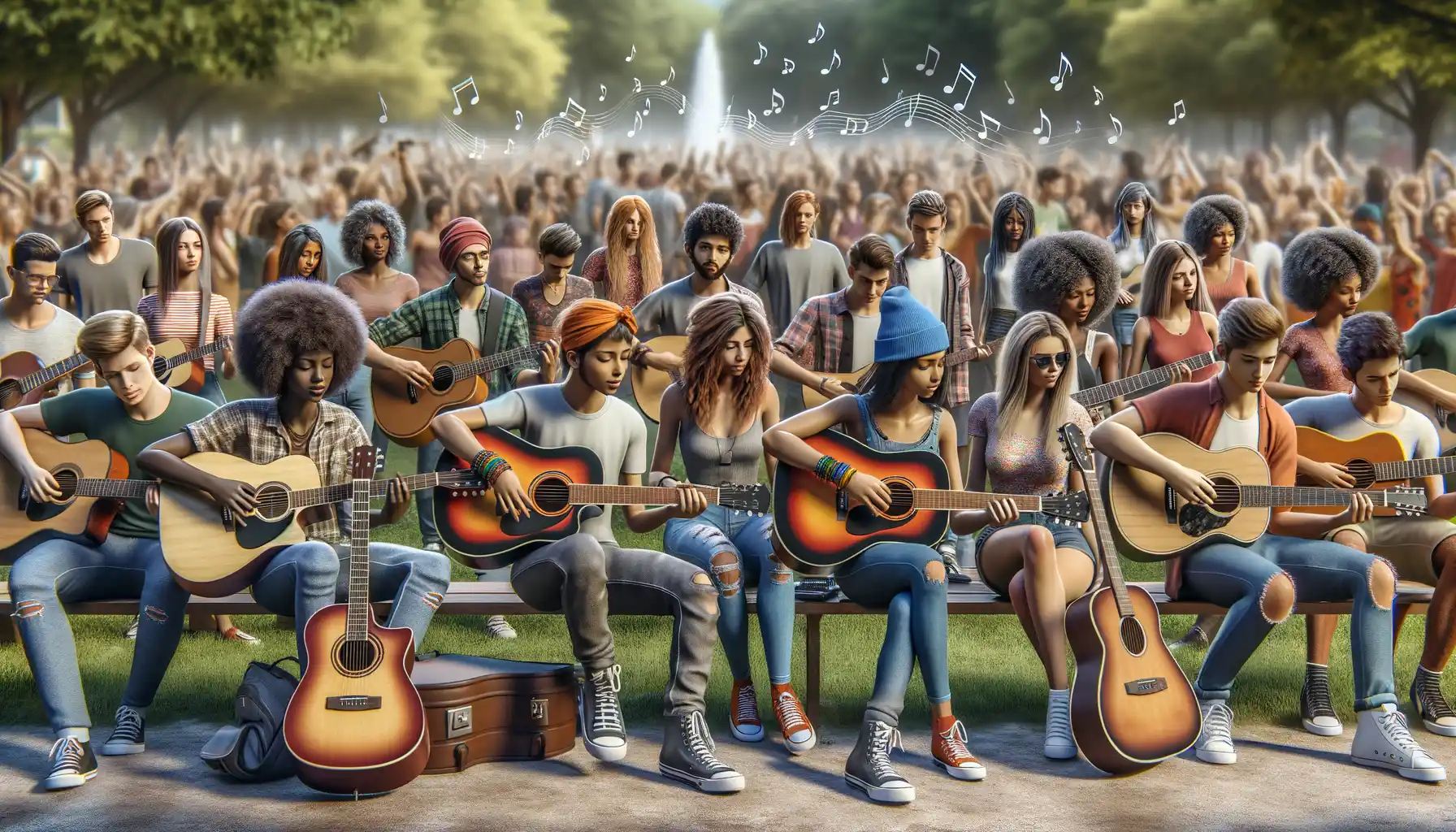
The Guitar as a Vessel for Self-Expression
The guitar isn’t just an instrument—it’s a megaphone for individuality in today’s youth culture. Whether it’s a battered acoustic at a beach bonfire or a neon electric on a TikTok feed, the guitar lets young people scream, whisper, and laugh in a language that transcends words.
Think about it: in an age dominated by digital loops and pre-made beats, some teens are still opting to pick up a guitar and create music that’s unmistakably their own. It’s raw. It’s real. Learning to play their favorite Arctic Monkeys riff or improvising over Hendrix-style blues feels like unlocking secret superpowers.
- It’s portable: You can take your creativity anywhere—from bedrooms to protest rallies.
- It defies trends: Guitars have stood the test of time, blending seamlessly with every genre from punk to bedroom pop.
- It’s a community builder: Acoustic jam sessions and local band gigs bring strangers together like magic.
For many, strumming those first chords is more than a skill—it’s a milestone. The guitar becomes a dear friend, an invitation to dream wildly, and a bold rejection of anyone who says, “That can’t be done.” It’s freedom, amplified.

